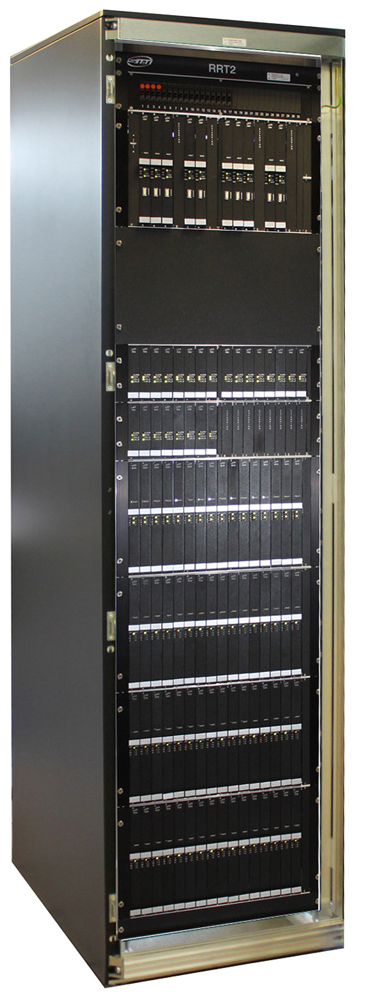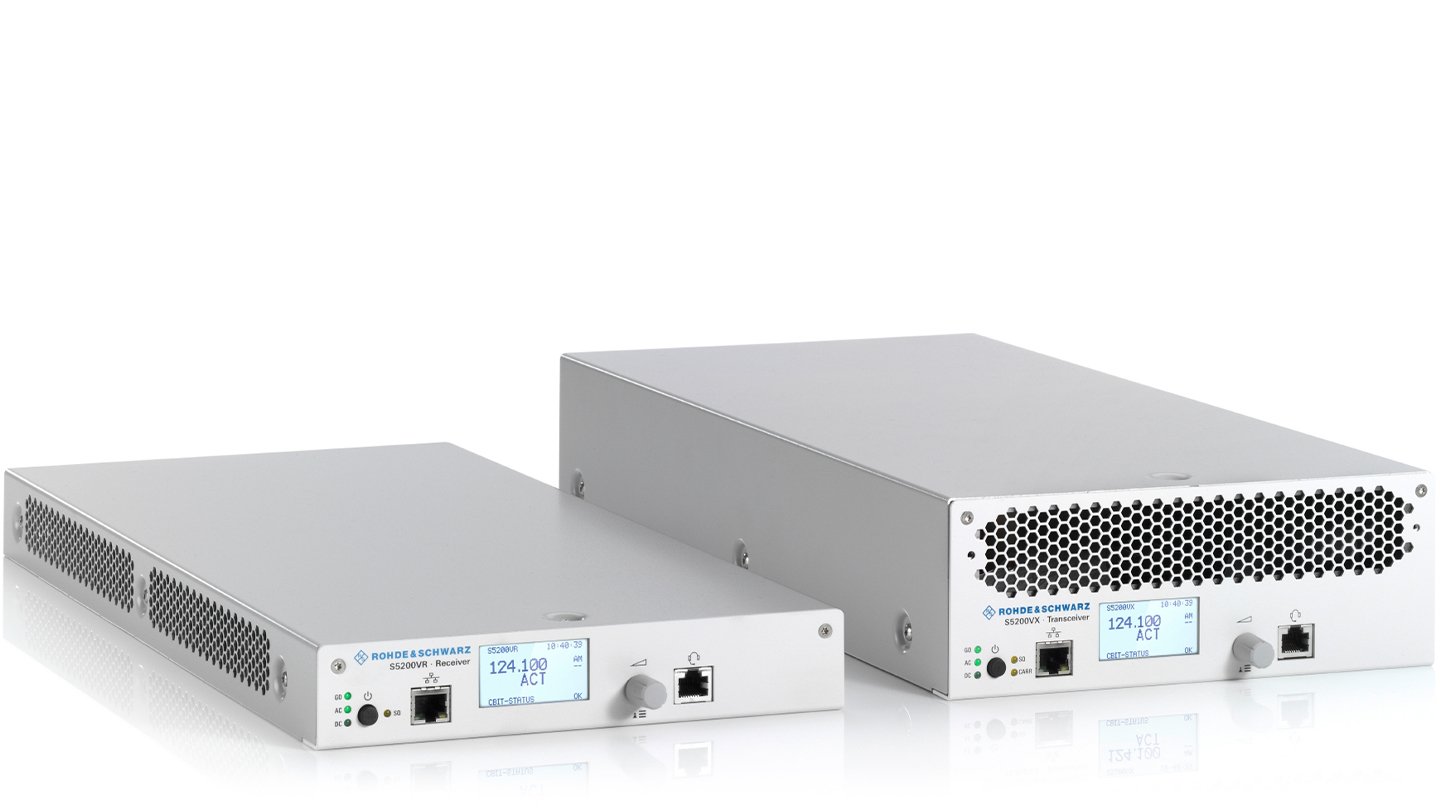
How Can Pilots Ensure Proper Communication with ATC? The most common radar service termination will involve the controller contacting you to advise that radar service has been terminated, to squawk VFR, and to approve change of frequency to advisory.Īll you need to do is acknowledge by reading back the frequency change approval and/or the squawk. Radar service or flight following is usually terminated by the controller as you approach your destination. Once the contact is made and you are in the new airspace, transfer of control will officially have taken place.
Atc radio communications full#
Then contact the new controller on the specified frequency and provide your full tail number and altitude. Simply acknowledge and read back the frequency. Once radar transfer is complete, the controller who is handing you off to the new controller will contact you and advise you of who to contact and what frequency to contact them on. To make sure the transition is seamless, there are 3 transfers that must take place during the handoff:Īs you approach the airspace boundary, the controllers will take care of transferring radar identification behind the scenes.Īs a pilot, you will not be involved in that part of the handoff. and approach/landing/takeoff/departure clearancesĪ handoff takes place mid-flight when your flight path takes you into a new airspace under the purview of a different controller.Unless instructed otherwise, make it a habit to read back any information that should be quality checked. The most important aspect of pilot–controller communications is understanding, and readbacks are used to confirm that understanding. Readbacks are a very important part of aviation communications safety. flight paths through restricted airspace,.



Atc radio communications how to#
It is then up to their discretion to advise you if, when, and how to do it. When you make a request, you are letting the controller know what you would like to do or where you would like to go. While talking to ATC, you will often be making requests and reading back the controller’s instructions and clearance information. ATC may respond right away or a little later, letting you know that they are ready for your request. The controller will respond by identifying themselves, repeating your callsign, and providing any necessary information or instructions as necessary.īecause ATC may be busy managing other aircraft, it is good form to contact ATC and let them know that you want to make a request before detailing your request. What you want: State the reason for your radio contact.Where you are: State where you are currently located.Who you are: State who you are (your aircraft make and full tail number).Who you are talking to: State the identifier of the station or facility you are calling.The Four W’s of aviation communication are: One of the most important tips to remember when talking to ATC is to start each initial contact with the “Four W’s.” This gives the controller the information they need to respond to your communication. Requests and readbacks are also important elements of ATC communications. For common situations like initial contact, handoffs, and radar service termination, it is important to know what to expect and how to shake hands with ATC. The FAA has radio contact procedures that pilots and controllers follow to ensure accurate communication. How you talk to ATC and the content of that ATC handshake varies somewhat depending on what phase of flight you are in. When Pilots Need to Talk to ATCĭepending on the airspace and airport, pilots may need to talk with ATC during all phases of flight including: ATC controllers relay information and direction to pilots by means of radio communications.

To do this, ATC must be in contact with pilots. How Can Pilots Ensure Proper Communication with ATC?Īir Traffic Control ( ATC) is an important service for organizing and promoting the safety of air traffic.


 0 kommentar(er)
0 kommentar(er)
